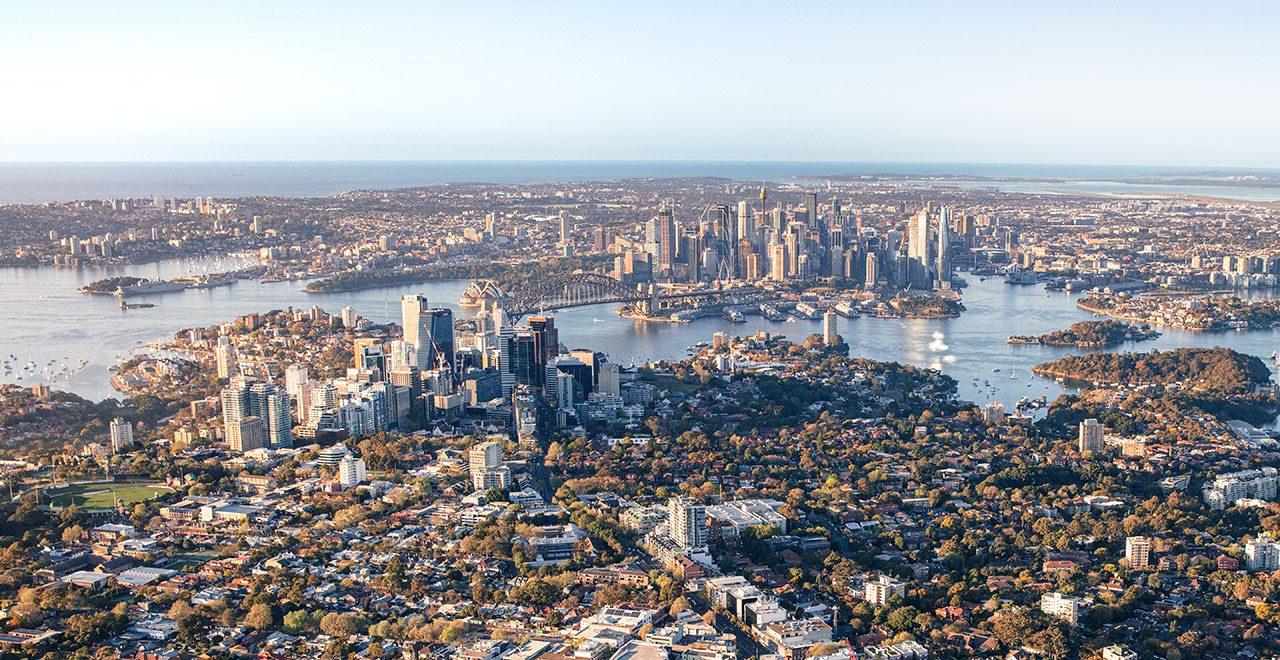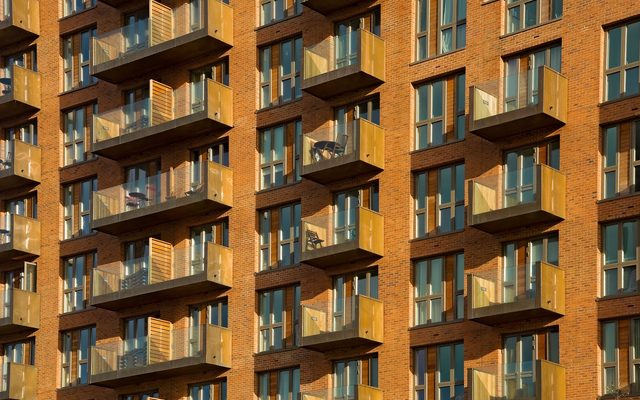This article is from the Australian Property Journal archive
SWEEPING planning changes from the NSW government looking to boost supply in the face of a housing crisis has contributed to “confusion” in the state’s apartment market, and benefits of increased supply opportunities are unlikely to be realised until developer contributions are pulled back, according to Charter Keck Cramer.
Charter Keck Cramer’s latest State of the Market shows the Sydney apartment development market remained subdued throughout FY24, with only 7,800 completions, in keeping with FY23, while launches came in at just 4,800, down 37% year-on-year.
The slump comes as NSW embarks on a commitment to deliver 52,680 new dwellings per year until the end of FY29 as part of its obligation under the National Housing Accord. The state government has proposed that 82% of this new metropolitan supply be provided as infill housing, translating to an estimated 35,000 new apartments each year.
“We’re not on track to go anywhere close to meeting that over the next five years,” report author and Charter Keck Cramer director – research Brendan Woolley told Australian Property Journal.
“The response from the NSW government has been quite significant. But I think they have created a fair bit of confusion in the market and it’s also created probably friction with a lot of local councils because there have been feedback that there probably hasn’t been maybe as much consultation as they would have liked.”
PropTrack data has residential vacancies in Sydney sitting at just 1.68%.
Three key state planning policy initiatives are all being introduced as amendments to the State Environmental Planning Policy (Housing) 2021 and include the Infill Affordable Housing amendment, the Transport Oriented Development (TOD) amendment, and the Low to Mid-Rise Housing amendment. Each looks to unlock higher-density housing.
However, new contributions are holding back developers from taking up the opportunities for new supply.
“There’s probably a lack of cohesion between the different levels of government. The state government is bringing in substantial new planning changes, but there’s a lot of contributions that have been brought in at local, state and even federal level. So developer contributions aren’t really lining up with a lot of these changes.
“It’s almost a bit counterintuitive. As a result of many of these new contributions, it just means that a lot of projects aren’t stacking up.
“That’s part of the equation – not the full equation – but it’s definitely an increasing part of the equation as.
“On top of that, you have utilities per dwelling cost. You have additional state levies that keep being added. So, before you know it, you’ve got a really significant amount of contributions that the market is just not able to absorb.
“It’s the feasibilities. The supply of materials has gone up 30% to 50% in the last three to four years. It’s the impost of the contributions. It’s all of these other factors. So, we’re still seeing rental growth. We’re still seeing capital growth.”
The TOD was unveiled by the NSW government last year and would see zoning changes around 39 train stations to allow for more residential flat buildings of three to six storeys, terraces, townhouses, duplexes and smaller one-storey to two-storey apartment blocks to be built. Planning changes to a number of the subject precincts have gone to exhibition.
Woolley said the announcement had mean “a lot of developers are going back to the drawing board”, accounting for a the weak launch and completion forecast figures.
“They’re seeing what these planning changes mean for their sites and then they’re re-evaluating all of that with a lot of changes and confusion and uncertainty in contributions,” he said.
“A number of developers are scratching their heads at the moment.”
He said “somehow, governments are going to need to work together”.
“Some of the feedback that I’ve had from developers in terms of affordable housing, for example, is that they’re being charged levies for affordable housing at all three levels of government. So, federal, state and local all have contributions for affordable housing. So, there probably needs to be a greater clarity and alignment of the way that these contributions are levied.”
Including build-to-rent apartments, FY24 produced only 8,400 apartments in Sydney, less than a quarter of the new annual supply target. Forecast completions over the next three years at 10,350 build-to-sell and build-to-rent apartments per annum on average reflect only 30% of the annual targets – and this also assumes that enough greenfield and medium density stock will be provided to satisfy the additional circa 17,500 new dwellings required to meet the annual target.
However, Charter Keck Cramer expects the content of medium-density stock to “notably” increase now that stage one of the Low to Mid- Rise Housing amendment has come into effect. It permits dual occupancies and semi-detached dwellings to be constructed in all R2 low-density residential zones across NSW.




